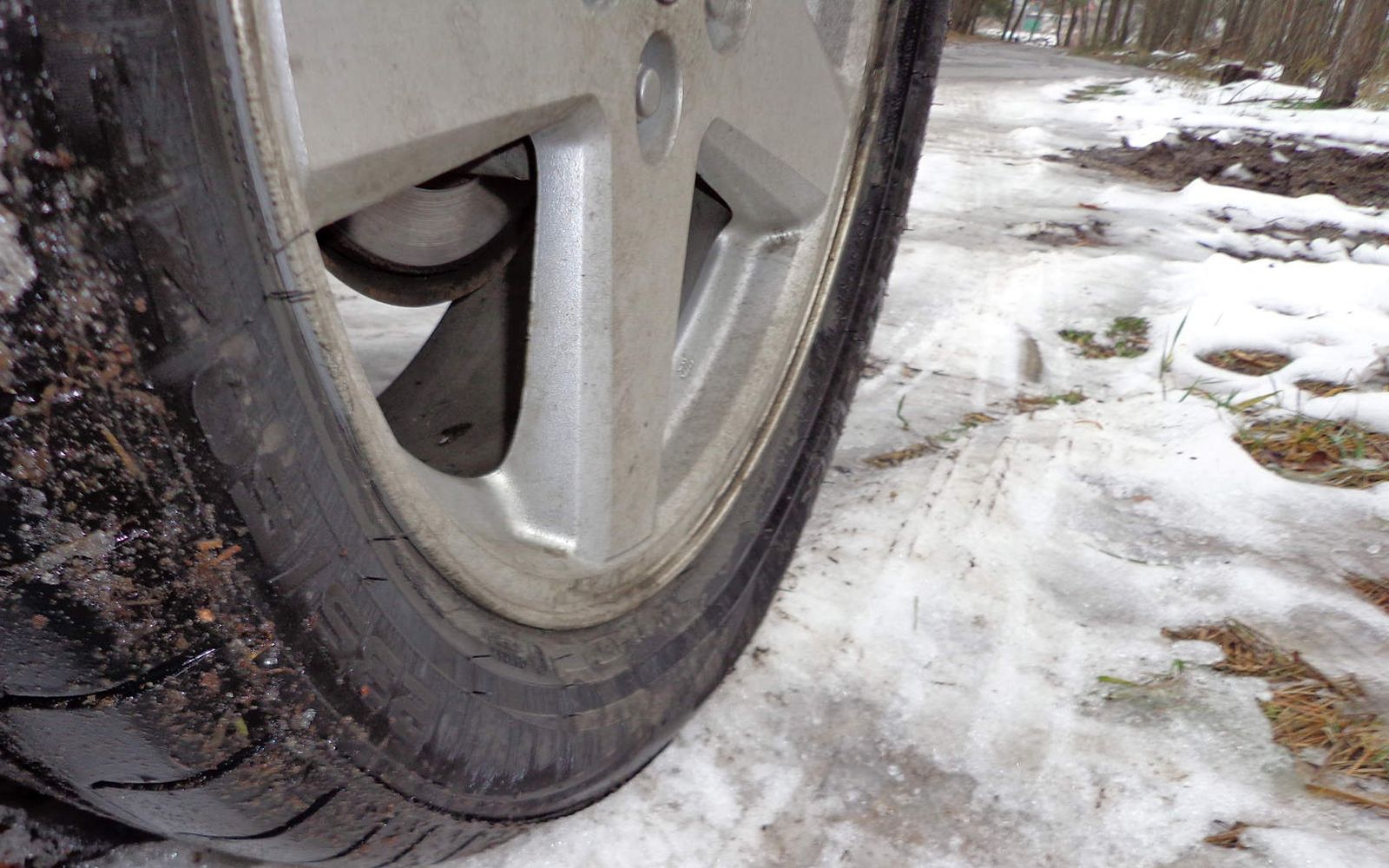It seems like only yesterday the idea of self-driving cars was a glimmer of a hope. Now there are not only cars already on the road that could basically self-drive, if it were legalised, but there's more. Ford has taken its smart cars into the snow.
Ford says that it's the first automaker to test fully autonomous vehicles in winter weather that includes snow.
One of the reasons these more extreme driving conditions are possible is the way Ford cars see the road differently. Using a combination of 3D mapping and LiDAR the cars are able to navigate even when road markings are not visible.
The all-weather testing is currently underway at Ford's 32-acre simulated real-world urban environment at the University of Michigan.
The key here is LiDAR. This uses shorts pulses of laser light to create a detailed real-time 3D image of the car's surroundings. This allows the exact pinpointing of the car within a lane as well as picking up on variations in the surrounding area. The problem arises where extreme conditions like snow cover the lens, or in extreme traffic where there is too much for it to handle.
To fix these issues Ford will equip cars with high-resolution 3D maps. And these aren’t your usual navigation aids, we're talking maps complete with information about the road and what's above it, including road markings, signs, geographical variations, landmarks and topography. Since the cars create the maps as they drive it should mean all areas are mapped quickly and easily.
This way when the car can't see the road markings it can use landmarks, sign posts and the like, to work out where it is and where it should be in relation to the road.
Ford currently has 30 self-driving vehicles in testing across California, Arizona and Michigan.
READ: Rinspeed Etos concept preview: BMW i8 gets added Swiss smarts

